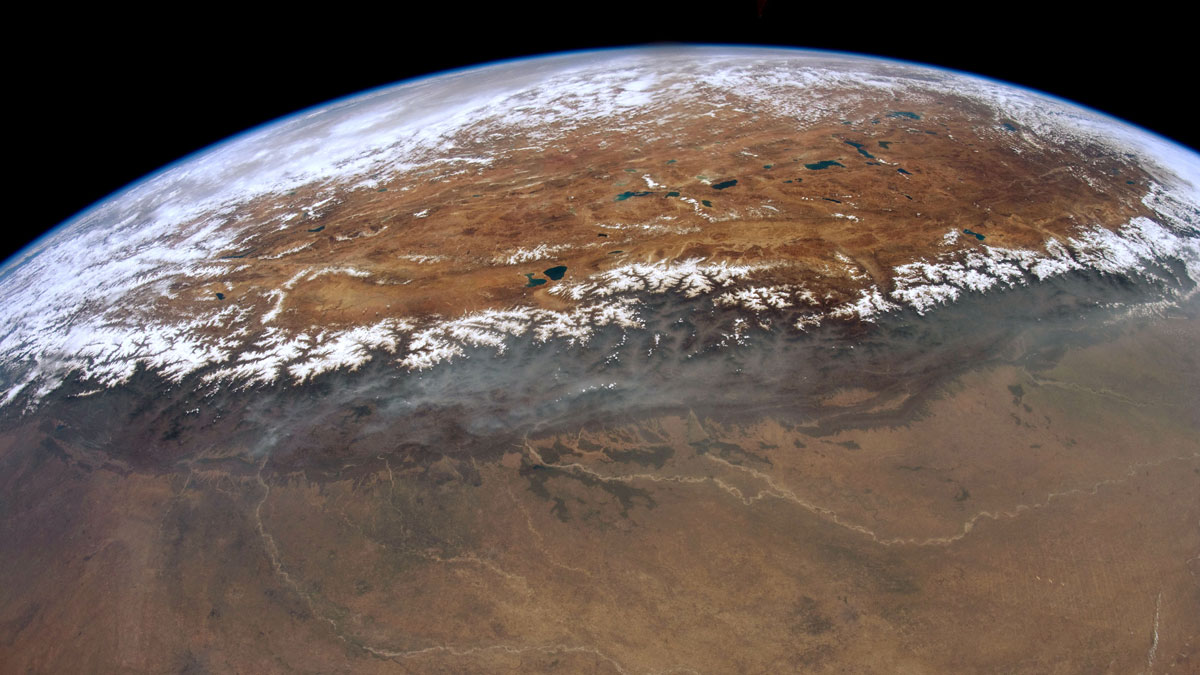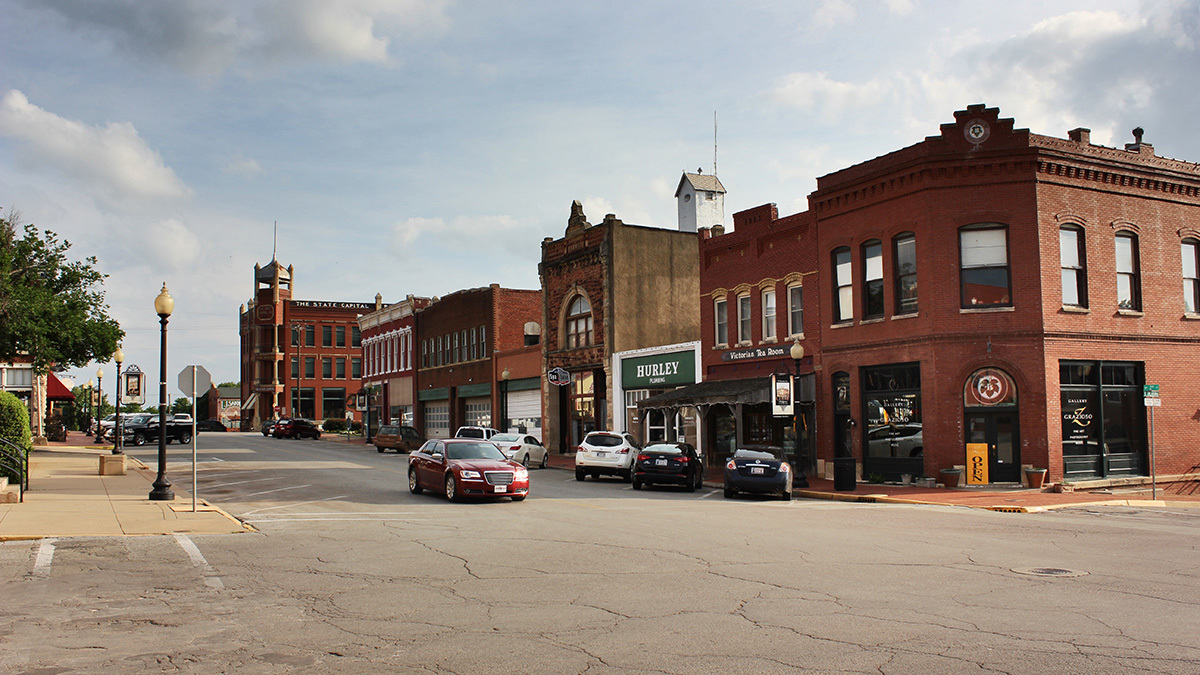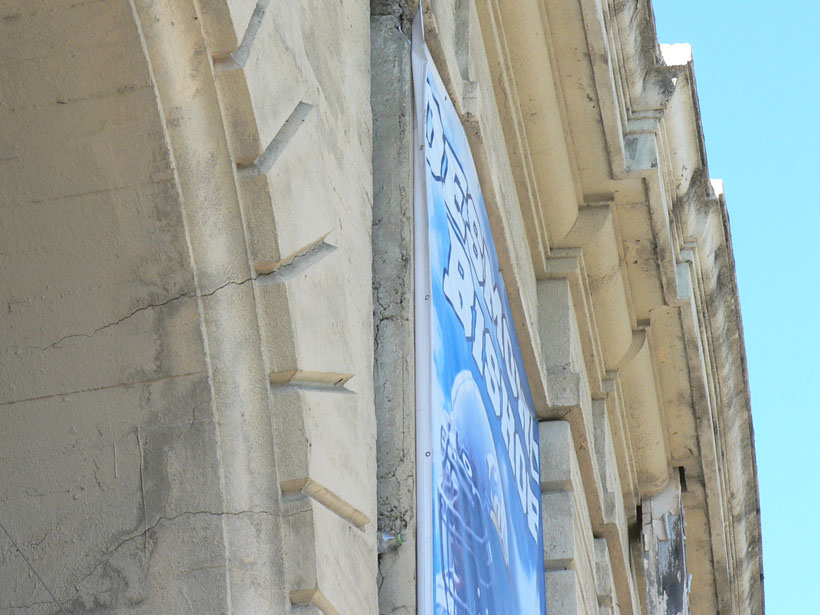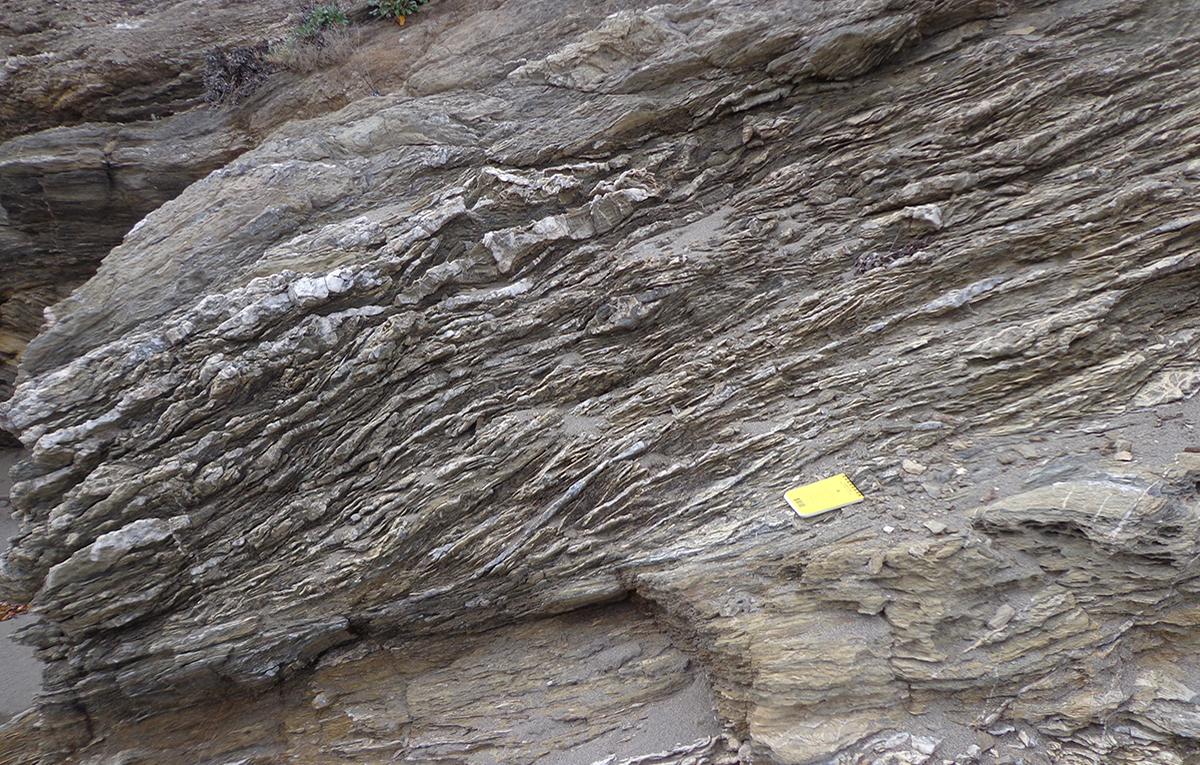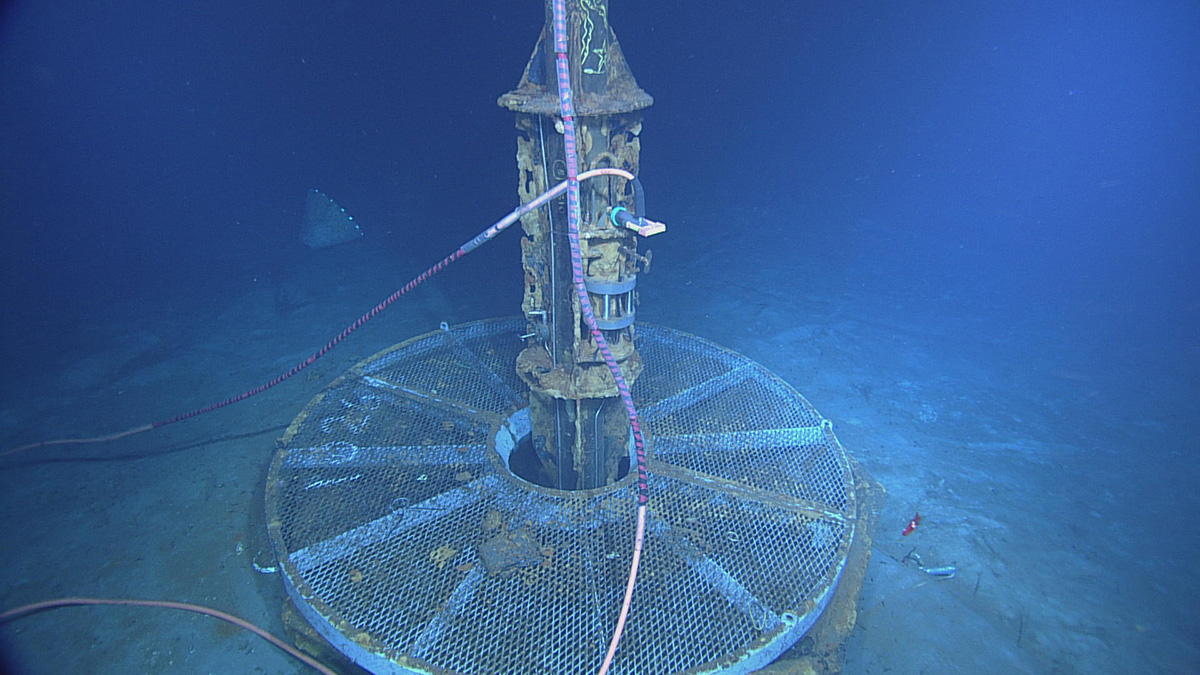Using thermokinematics, researchers have found that crustal accretion along the megathrust at mid-lower crustal depths shapes plateau growth and regional drainage development.
faults
How Land Deformation Occurs When Fault Sections Creep
Using a physical experiment, researchers show how off-fault deformation occurs along strike-slip faults with different types of motion.
Understanding Earthquakes Triggered by Wastewater Injection
A deep dive into a 2015 Oklahoma earthquake reveals new insights into the dynamics of quakes induced by wastewater injection, and could help inform future earthquake hazard modeling.
The Kinetics of the Seismic Cycle
Large earthquakes are necessarily punctuated by some degree of strength recovery, such as “fault healing”, but does quartz cementation during fluid-fault interactions facilitate that process?
Earthquake Modelers Unite to Compare and Improve Code
International community–driven efforts lend confidence to fault-slip simulations while highlighting key discrepancies.
Striking Out into the Field to Track Slip on the Sumatran Fault
An international team overcame many challenges, including from the COVID-19 pandemic, to deploy a dense seismic network along an understudied fault system that poses hazards to millions in Indonesia.
Clay Type, Not Just Content, Crucial for Fault Zone Permeability
Faults containing clays are often considered as barriers to fluid flow but new work shows that fault processes leading to the formation of clays can increase permeability relative to the host rock.
Clues to Pluto’s History Lie in Its Faults
Studying geological features on Pluto’s surface can illuminate the ancient history of how the dwarf planet formed.

